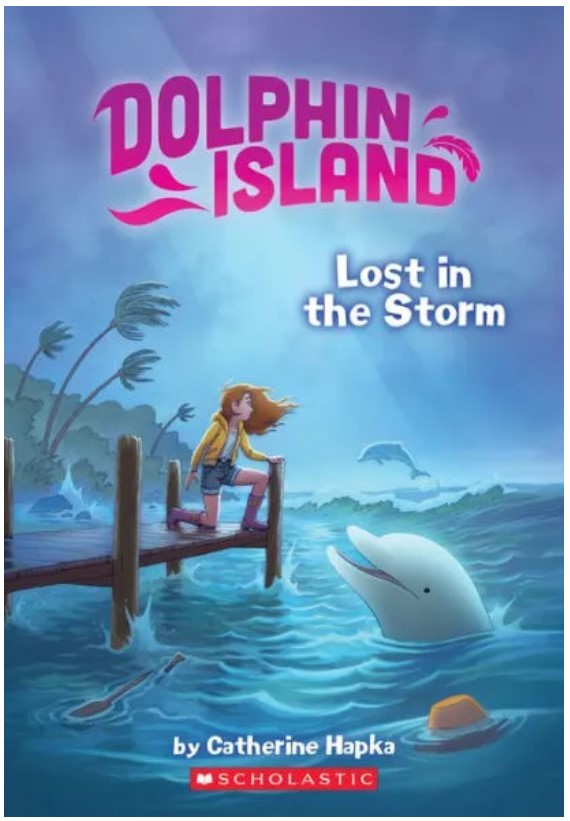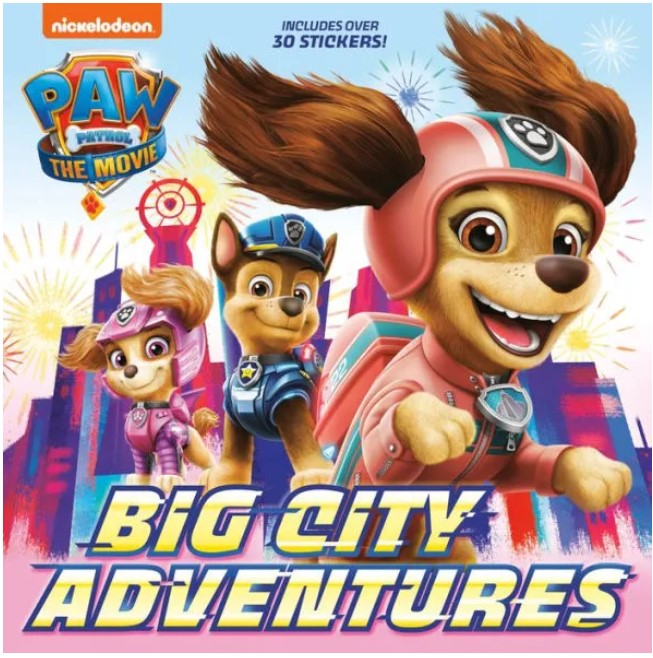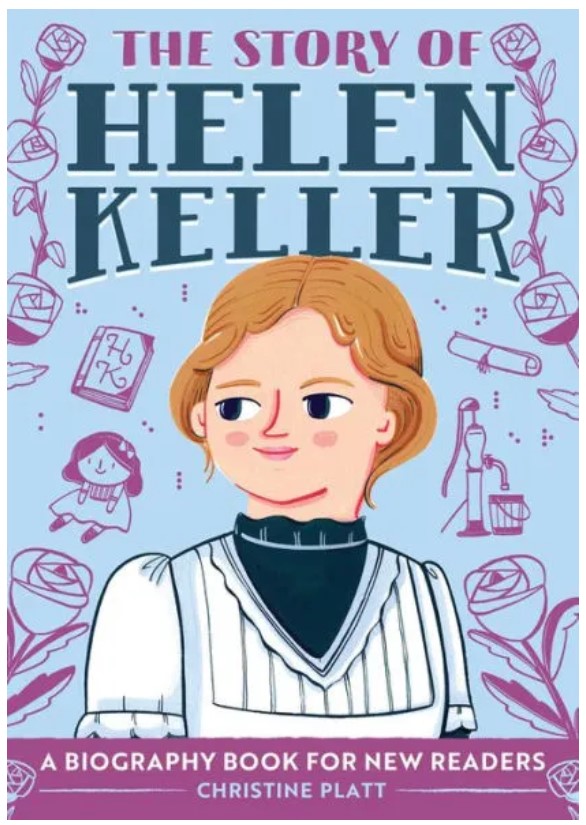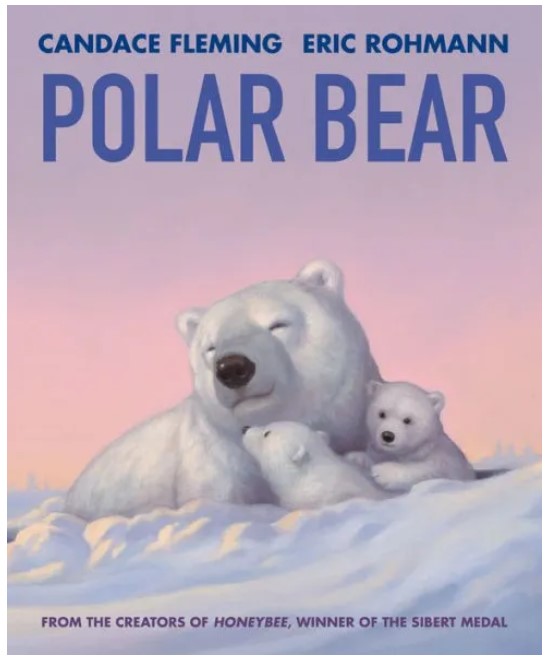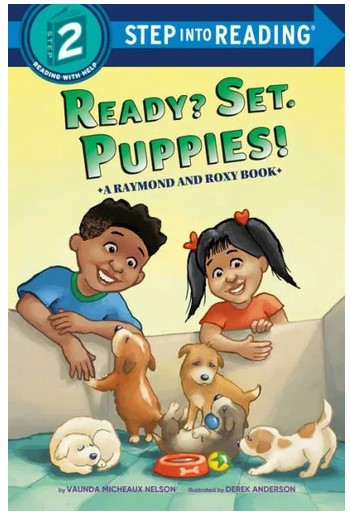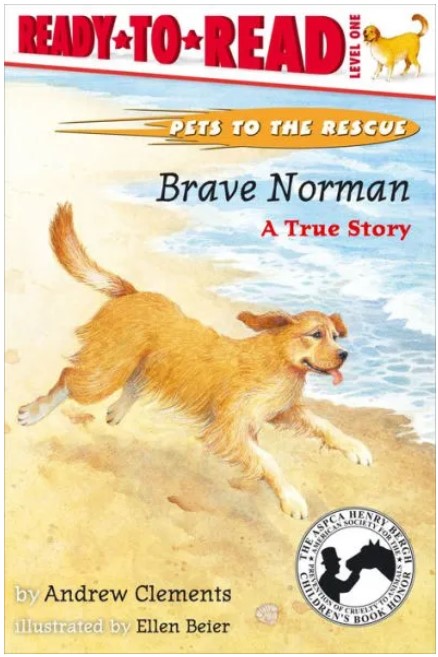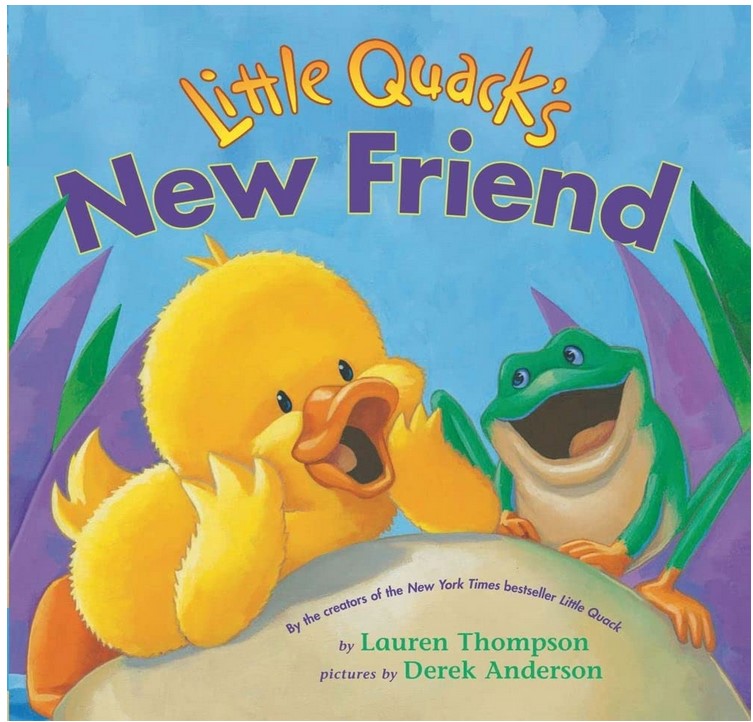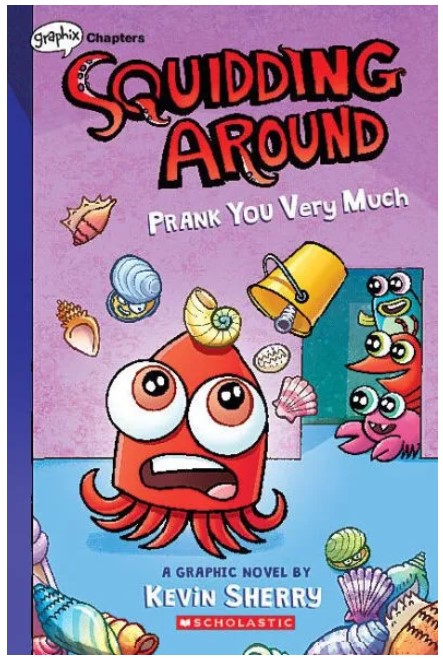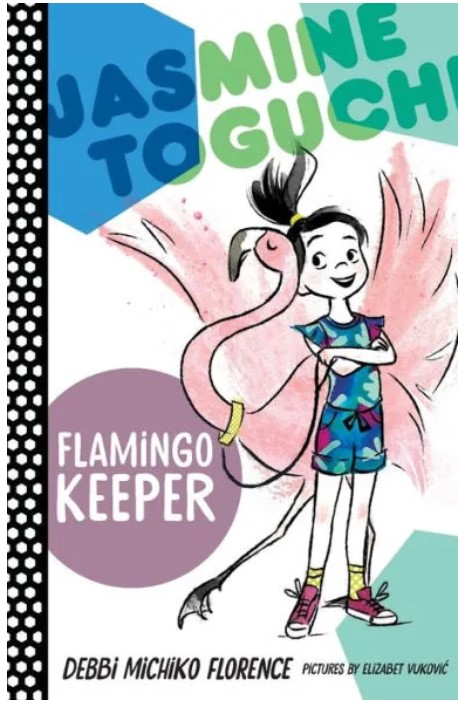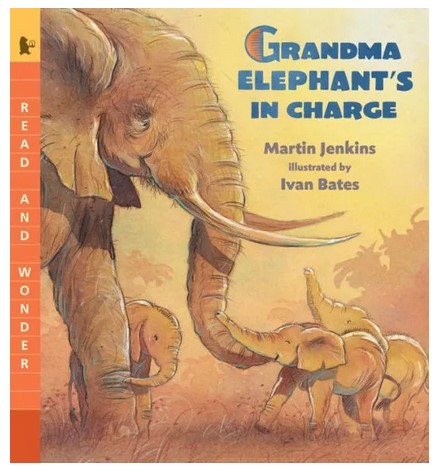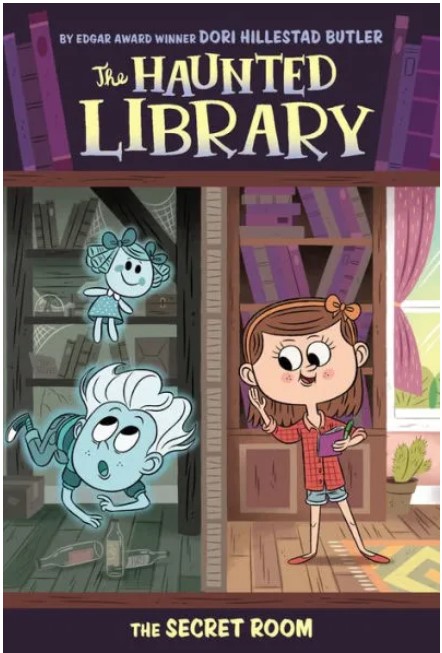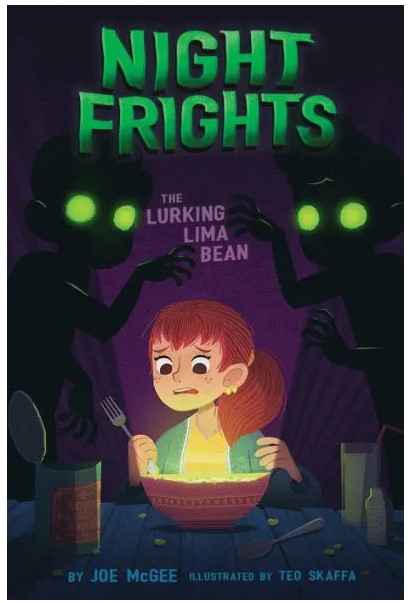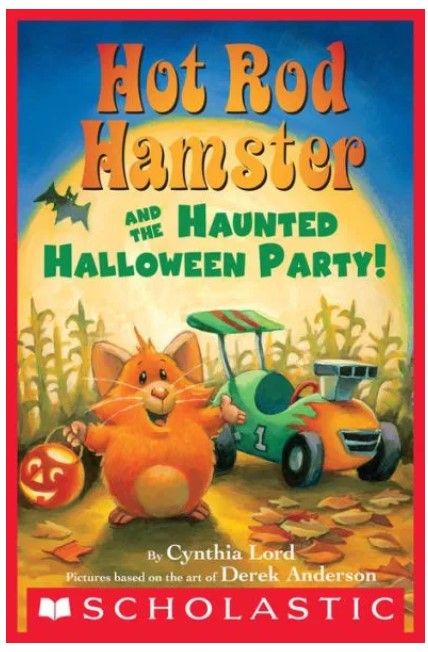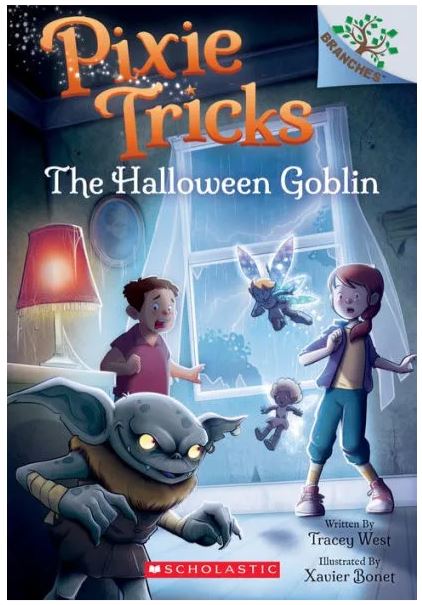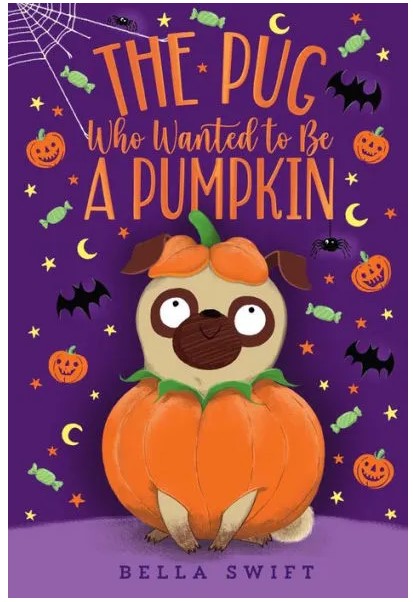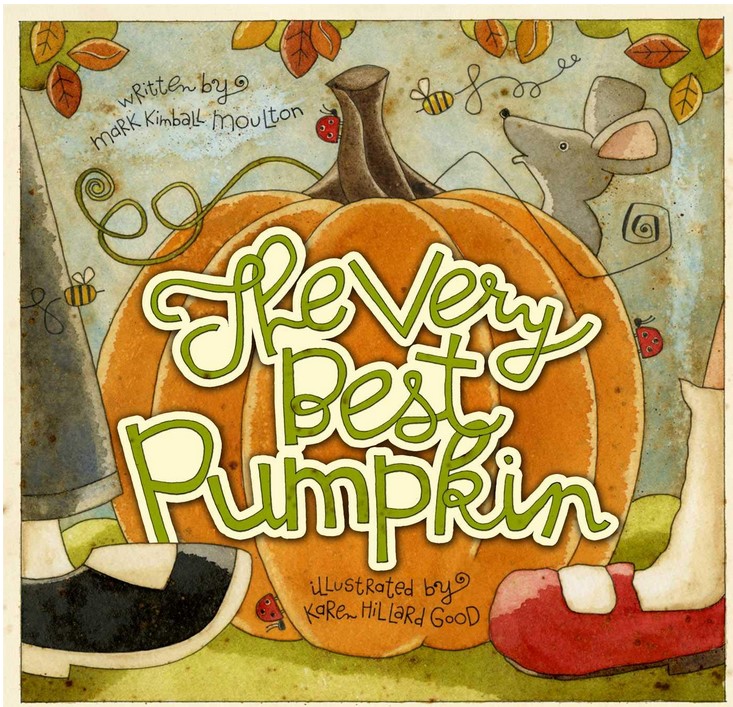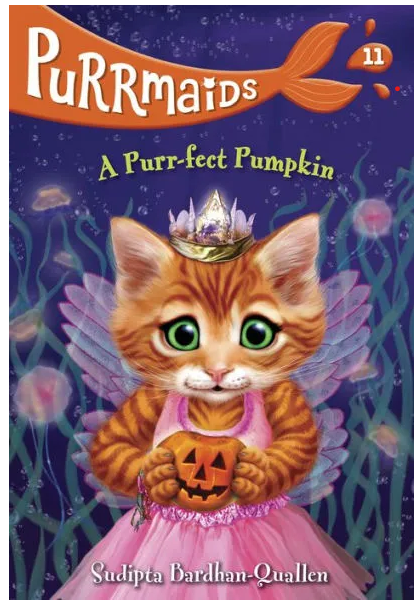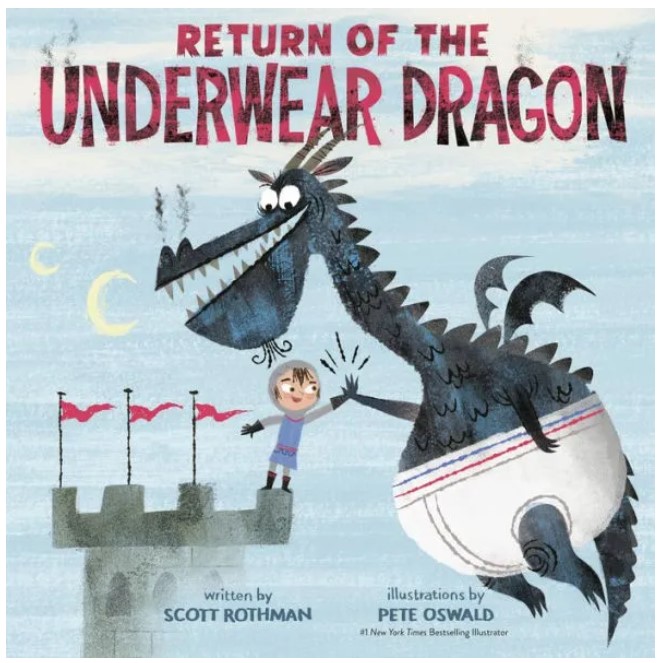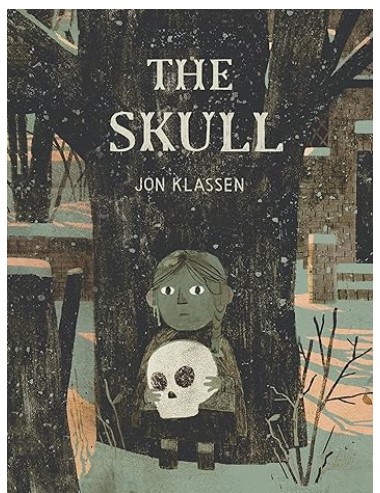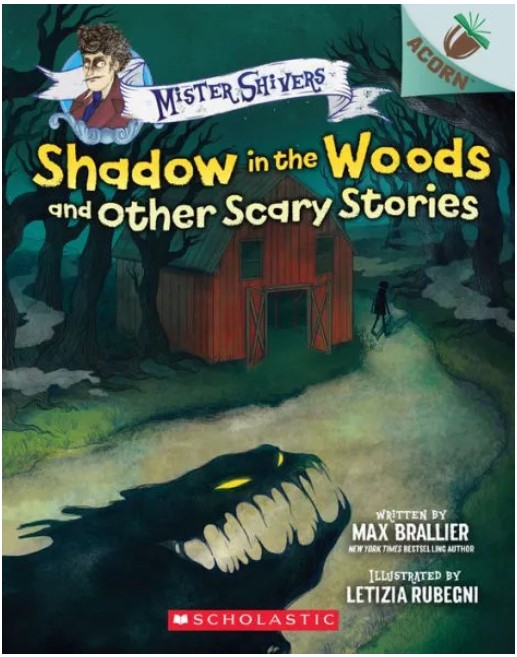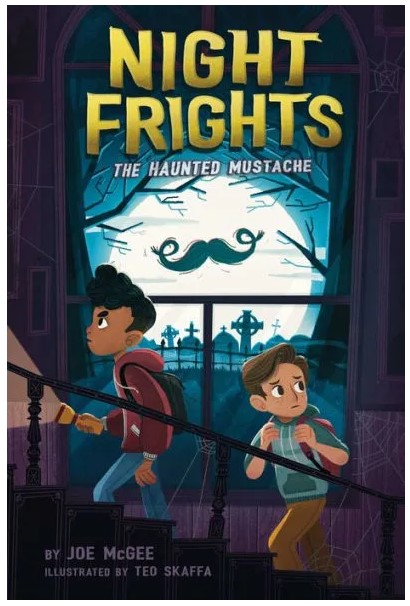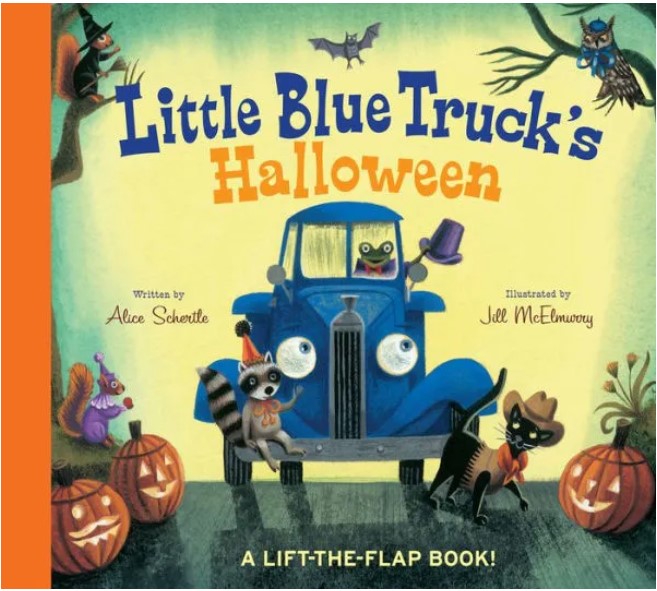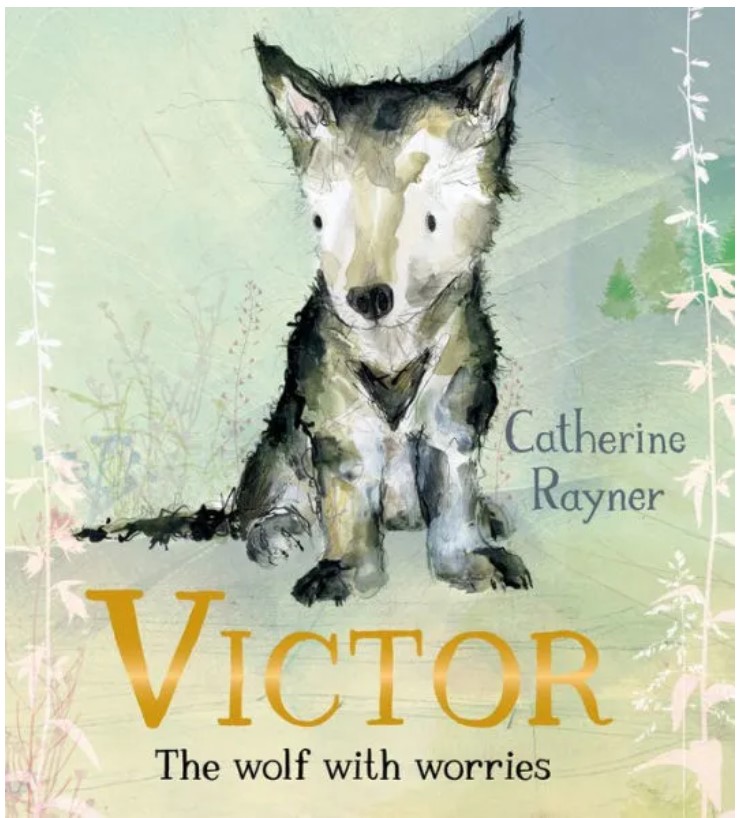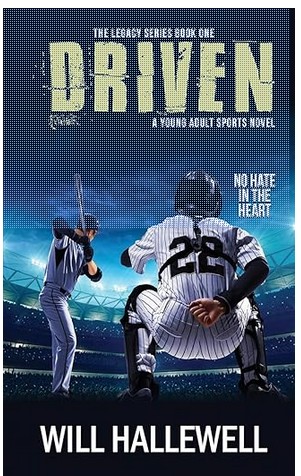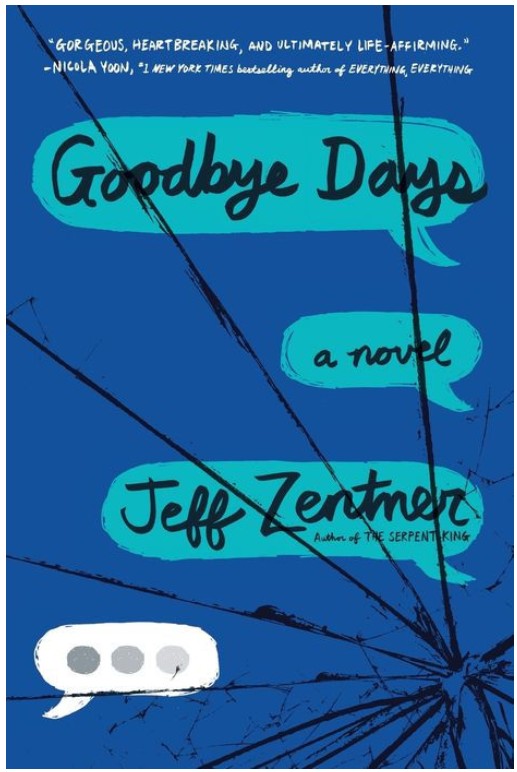Welcome to Dolphin Island. Hurricane season is here, and Abby can’t help but worry about the danger it may bring to the resort and the dolphins who live in the cove. If the wind gets any stronger and the waves grow any wilder, everyone might have to evacuate! Hurricane season doesn’t stop Abby from introducing a new guest named Delaney to her dolphin friends. But when the storm hits, and Delaney’s dad gets stranded in open water, it’s up to Abby and her dolphin friends to lead the rescue!
Abby befriends Delaney, but the friendship isn’t healthy. For example, Delaney’s father goes out in a kayak even though a hurricane is coming. Delaney and Abby see him leave. Abby wants to tell her parents but doesn’t because Delaney says her dad “would be really mad if he thinks we tattled.” Soon, the girls discover that the stormy weather knocked Delaney’s father out of the kayak, and he’s in the open ocean! After he is rescued, he apologizes and acknowledges, “I put myself in danger, and worse, I put all of you in danger, too.”
Abby wants to be a good friend but is too willing to go along with others. As a result, Abby keeps secrets from her parents. But Delaney’s secret endangers Delaney’s father as well as the people who have to rescue him. Later, one of the workers at the resort scolds Abby by saying, “It’s not tattling if someone’s life could be in danger.” Abby promises that she learned her lesson and the issue is quickly forgotten.
Lost in the Storm’s plot is easy to understand, but readers may struggle with the advanced vocabulary. Black-and-white illustrations appear every eight to nine pages. The illustrations focus on the characters and give the reader a visual of the island’s habitat.
Lost in the Storm builds suspense by speculating about the hurricane hitting the island. In addition, when the storm gets near, Abby’s parrot flies out of its cage, causing Abby and her friends to search for the bird. However, the plot lacks excitement, the characters are underdeveloped, and there is no life lesson. Young ocean-loving readers should leave Lost in the Storm on the shelf. Readers can find a more exciting story that teaches a positive lesson by reading the Purrmaids Series by Sudipta Bardhan-Quallen.
Sexual Content
- None
Violence
- Delaney sneaks onto a boat that is searching for her father. When the adults see something in the water, Delaney tries to leave the boat’s cabin, but Abby stands in front of her. Delaney was “shoving at her.”
Drugs and Alcohol
- None
Language
- An adult says, “I’m sorry I acted like a jerk.”
- A parrot uses “Great Ceasar’s ghost” as an exclamation once.
Supernatural
- None
Spiritual Content
- None
